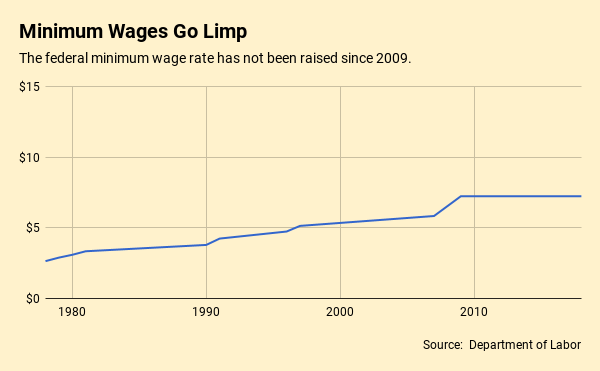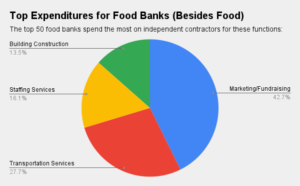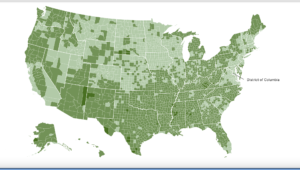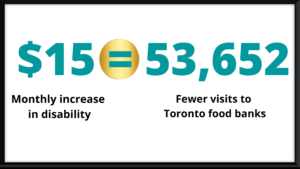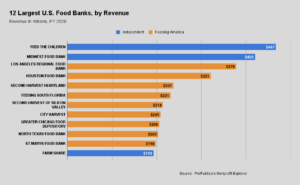Nearly ten years ago, on July 24, 2009, the federal government raised the minimum wage from $6.55 to $7.25. Since then, there has been no increase, though other entities have picked up where the federal government has left off.
Many states and municipalities have moved on their own to raise wages, resulting in a constellation of rates across the country. Washington has the highest state level, currently at $11.50 and set to increase to $13.50 by 2020. Within Washington, the cities of Seattle and SeaTac have pushed their minimum wages even higher, to more than $15 an hour. Meanwhile, the influential retailers, WalMart and Target, recently raised their minimum wages to $11 an hour, with Target committing to $15 by 2020.
Despite these bright spots, the federal minimum wage rate continues to push down the earnings potential of millions of Americans. Minimum-wage earners have 25% less buying power than they did in 1968, when minimum wage income reached its peak value, according to the Economic Policy Institute. In effect, low-wage earners have to work more hours to reach a standard of living considered adequate 50 years ago.
Strong jobs growth may help to turn things around. The unemployment rate hit an 18-year low in mid-2018 when it dipped below 4%, capping a decline from around 10% in 2010. The tight labor market has pushed wages up to a degree, but the impact has not been striking, as globalization, low levels of unionization, and declining productivity work to tamp down wage increases.
An effort to raise the federal minimum wage to $15 by 2024 through the Raise the Wage Act of 2017 would lift the wages of more than 41 million workers, directly or indirectly, says the Economic Policy Institute. If passed, the Raise the Wage Act would, for the first time, allow a family of four relying on full-time minimum-wage earnings to live above the poverty line. The bill has failed to gain any traction, however, solidifying the ongoing need for federal assistance like SNAP, as well as charitable aid like food banks.
